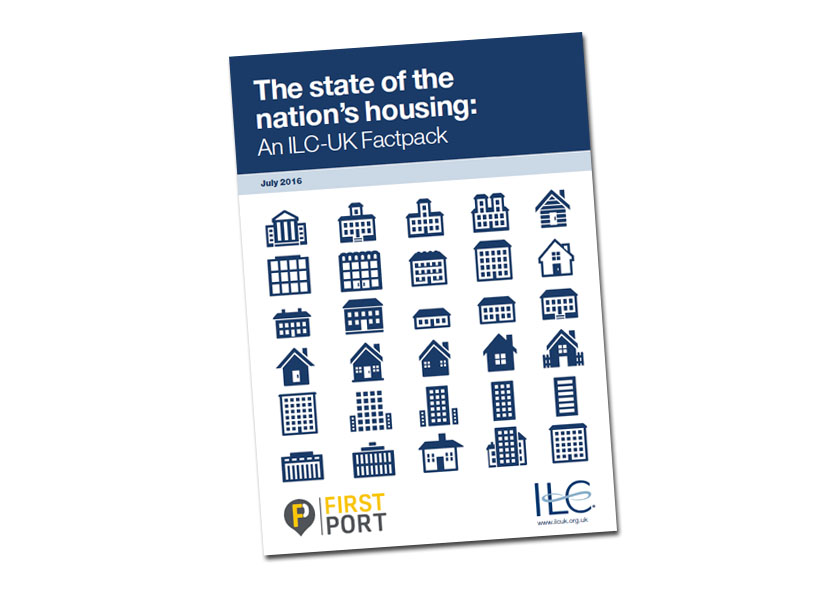
A new report into the state of the nation’s housing has revealed that there could be a shortage of 160,000 retirement homes by 2030.
‘The state of the nation’s housing: An ILC-UK Factpack‘ paints a picture of increased under-occupancy and declining average household size, with nearly 9 in 10 of the 65-79 age group living in under-occupied housing – over 50% in homes with two or more excess bedrooms. The report also finds that there is currently enough specialist retirement housing to accommodate just 5% of the over-65 population. If current trends continue, there could be a retirement housing gap of 160,000 retirement housing by 2030. By 2050, the gap could grow to 376,000.
Baroness Sally Greengross, Chief Executive, ILC-UK said: “‘Our report highlights that there are millions of over 50s with care needs who haven’t adapted their housing for old age and may be in homes too big for them. Retirement housing could be a solution for some older people but we are building far too few of this type of housing.”
Chairman & CEO of Churchill Retirement Living, Spencer McCarthy, notes: “Churchill welcomes the latest ILC report into the need for more specialist housing for older people, and we fully support its findings. The report confirms what we in the industry know all too well, that retirement housing is a potential solution for millions of older people whose needs are changing, but that we’re not building anywhere near enough of this type of housing.
“As a specialist retirement living developer, Churchill is at the forefront of many issues the report highlights. In particular, Stamp Duty exemption for those over pension age is an initiative we’ve been backing for some time, as well as extending Help to Buy assistance to those buying new property in older age.
“By encouraging the Government to address the issues the ILC is highlighting, we can achieve real positive change and build more of the right types of home to improve lives across every age group.”








